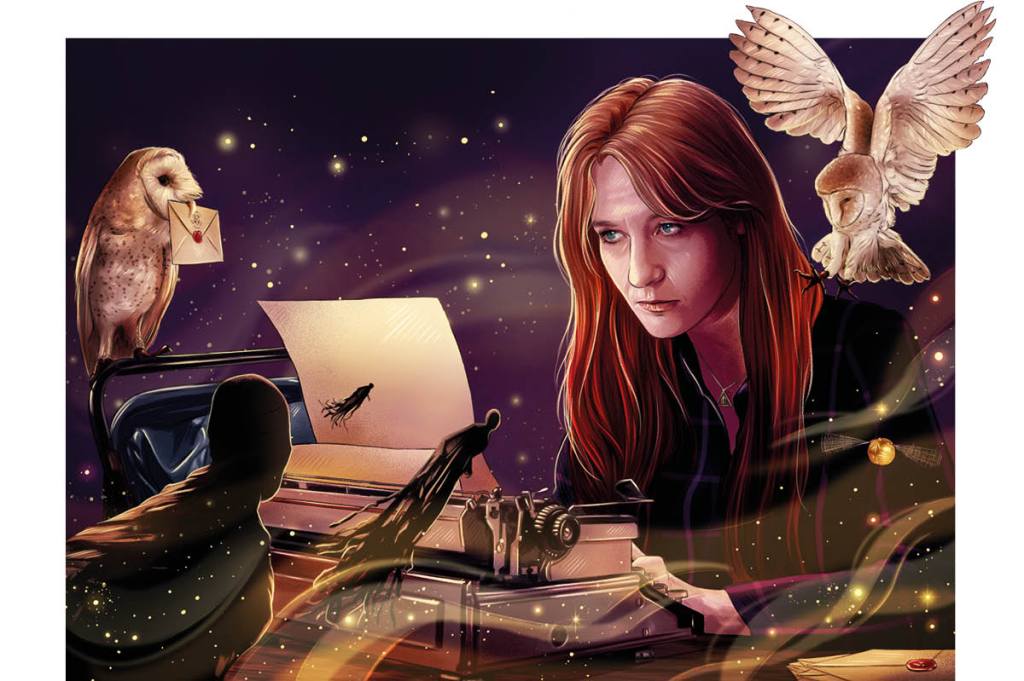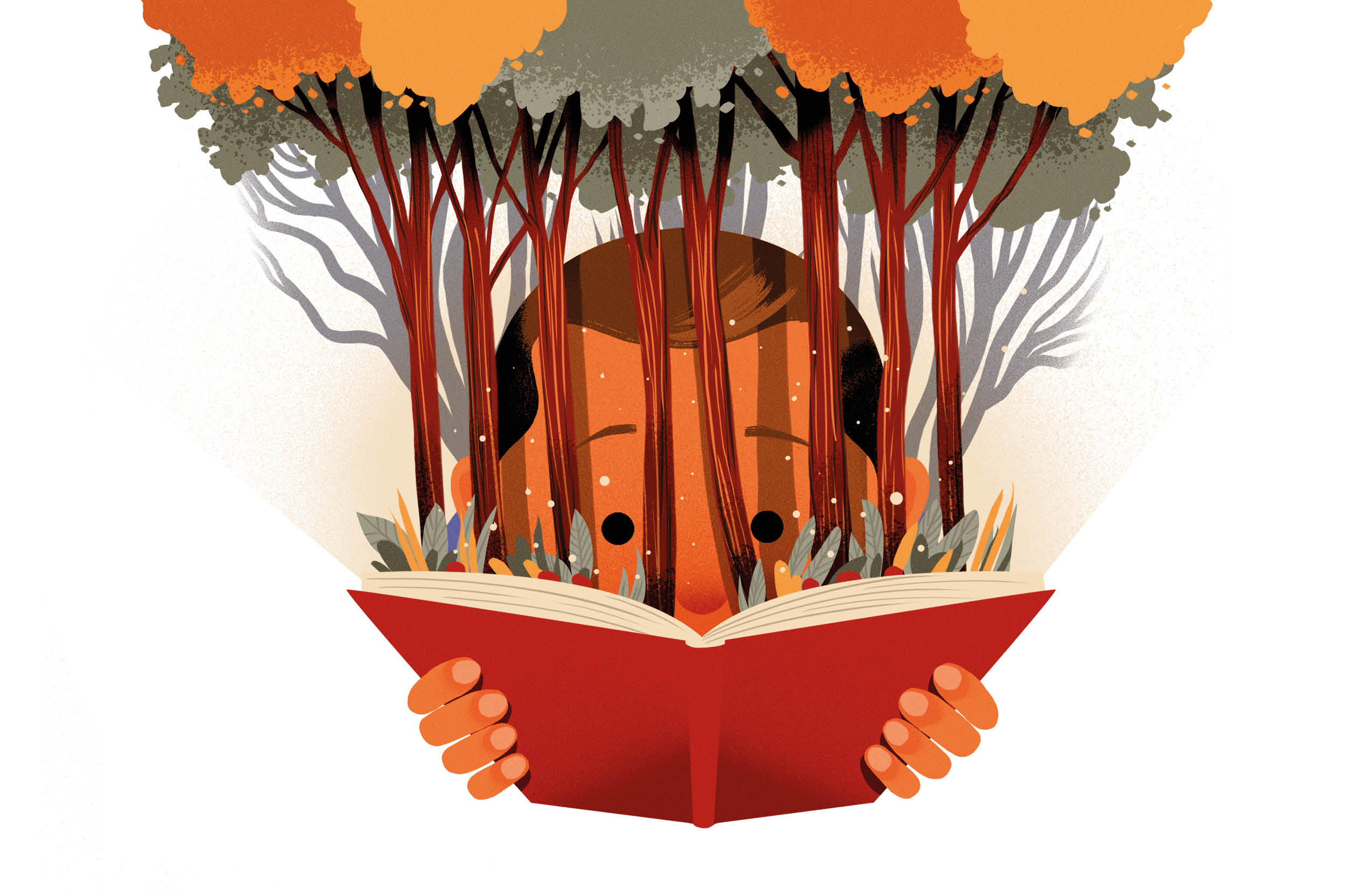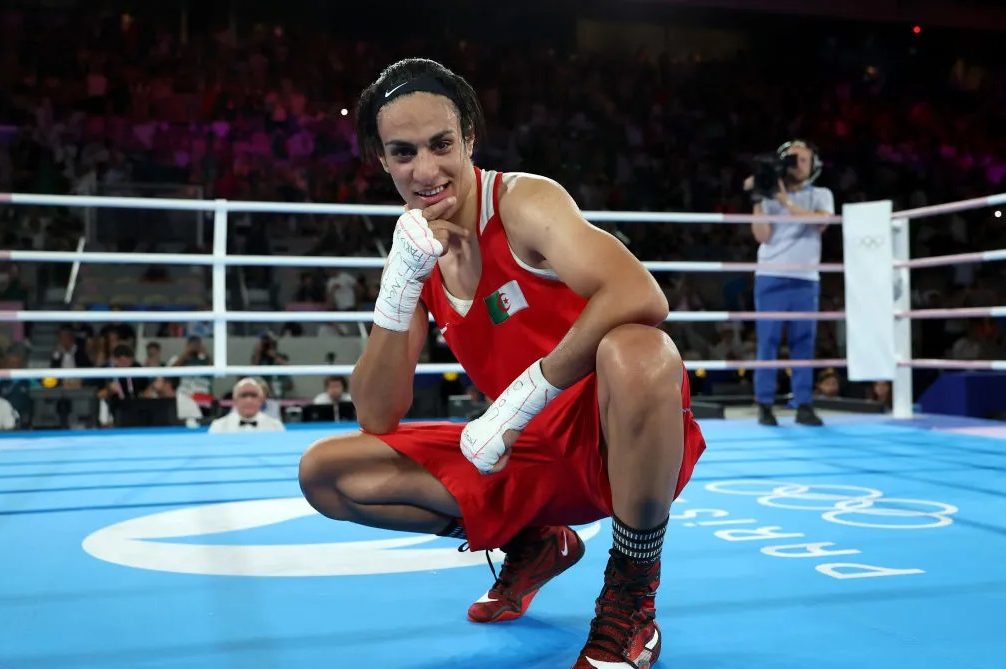Like his creator J.K. Rowling, Harry Potter says unspeakable things. He teases his cousin Dudley, the prince of his aunt’s suburban kingdom. He calls the Dark Lord Voldemort by his name. He even speaks to snakes. In other words, if Potter were a real person, he’d likely write a Substack, present a podcast and empathize with his creator’s recent public controversies.
You are probably familiar with Rowling’s protests against trans activists’ demands to use women’s restrooms. But in case you’ve missed them, here’s what you need to know: after years of adoration from liberal millennials, Rowling spoke out against some trans activists’ demands, Twitter users branded her a TERF (a “trans-exclusionary radical feminist,” which is intended as a slur) and a generation of woke Hufflepuffs investigated the costs of removing their lightning-bolt tattoos. Controversy being history’s most beneficial sales strategy, Rowling’s already massive book sales increased. But her supposedly problematic mindset dwarfs all conversations about her recent books; five novels since the start of the pandemic, with a sixth, The Running Grave, due this month. The trans conversation has once again taken over all discourse about Rowling’s middle-aged, cis, straight male private investigator Cormoran Strike.
One might think the critics would have exhausted the argument after spending the entire press cycle for last year’s The Ink Black Heart debating if Rowling was writing autobiography because the mystery depicted the murder of a YouTuber falsely accused of transphobia. Rowling clarified, “I had written the book before certain things happened to me online,” but if all you have is a hammer, everything looks like a nail, and if you’re a millennial journalist holding a Rowling novel, all you see is transphobia.
As a cis gay man, I’m uninterested whether Rowling is right or wrong — it’s not my battle, and more vitally, I’m sick of seeing authors’ personal views impact the analysis of their fictional worlds. But I’m interested in one question Rowling’s critics ask: how did the woman who taught a generation to stand up to the Ministry of Magic betray liberal orthodoxy? To answer that question, over a period of three years I reread all of the Wizarding World of Harry Potter: the franchise encompassing Rowling’s Potter novels, Pottermore encyclopedia posts, canon tweets, fictional wizarding textbooks, short stories, the Cursed Child play, screenplays for Fantastic Beasts prequel films and most of Rowling’s other work — newspaper articles, blog posts, book introductions, a Harvard commencement speech, two children’s books, the political novel The Casual Vacancy, and the Cormoran Strike series published under the pseudonym Robert Galbraith.
It’s easy to perceive a new form of trolling in Rowling’s recent work. When I saw Cursed Child on Broadway in December, I cackled when Moaning Myrtle — the ghost that lives in the Hogwarts toilets — sat on a sink and announced that her name was, “Myrtle. Myrtle Elizabeth Warren — a pretty name — my name — no need for the moaning.” I turned to my husband and said, “She’s gotta be trolling.” Was Rowling ridiculing a pearl-clutching type of liberal white woman, the type of fan who has turned against her? If so, it’s a level of mockery I didn’t remember in the original Potter novels.
When I turned to Rowling’s nonfiction, I learned Potter’s origin was rooted in the author’s capitalist contrarianism. In the early Nineties, women didn’t write books for boys, and publishers kept children’s novels short. Rowling, meanwhile, was an impoverished single mom writing Biblical-length stories about a boy wizard. Today, every kiddie publisher follows Rowling’s lead (a 2016 study credited her for children’s book lengths increasing by 173 percent), but at the start of her career, she was going against conventional wisdom.
If Peter Thiel had taken a time machine to 1991 and asked Rowling what he asks everyone —“What important truth do very few people agree with you on?” — she likely would have said, “That boys will read very long children’s books written by women.” Publishers disagreed with her thesis. Twelve rejected Harry Potter and the Philosopher’s Stone. “Part of the reason there were seven years between having the idea for Philosopher’s Stone and getting it published, was that I kept putting the manuscript away for months at a time, convinced it was rubbish,” she says in “On Writing.” But she carried on, both because she believed in her mission and because she felt a personal need to complete the task: “The final destination was hugely important to me, for reasons that were both personal and artistic, and I plotted a course towards it despite being subjected to a lot of (almost entirely good-natured) buffeting from readers.”
From the first chapter of the first book, Rowling mocks Potter’s Muggle relatives Petunia and Vernon Dursley as philistines, lower-middle-class suburban rule-followers. Vernon loves his office. He dismisses people wearing odd clothing. He’s the most lower-middle-class person on earth, living on Privet Drive. Stephen King and other critics have derided Rowling’s love of adverbs, but her use of them at the outset creates the best derisive description of the Dursleys’ lower-middle-class existence: “perfectly normal.” When owls begin raining Hogwarts acceptance letters on their home, they flee to a rainy island, petrified that neighbors might discover their nephew’s acceptance to a wizarding school. “The Dursleys are reactionary, prejudiced, narrow-minded, ignorant and bigoted,” Rowling writes in her Pottermore encyclopedia essay. “Most of my least favorite things.”
Rowling detests the rule-following Dursleys for their blind trust in conventional wisdom. When we see the Dursleys for the final time in Harry Potter and the Deathly Hallows, they are again evacuating their house on Privet Drive, this time because Potter warns them the Death Eaters will invade their home and kill them. Confused, Vernon asks why the wizarding government won’t save him:
“I thought there was a Ministry of Magic?” asked Vernon Dursley abruptly.
“There is,” said Harry, surprised.
“Well, then, why can’t they protect us? It seems to me that, as innocent victims, guilty of nothing more than harboring a marked man, we ought to qualify for government protection!” Harry laughed; he could not help himself. It was so very typical of his uncle to put his hopes in the establishment, even within this world that he despised and mistrusted.
Rowling was mocking him from personal experience. She learned early to distrust the state. As a single mother in the mid-1990s, she worried about paying bills, and the then-governing Conservative Party failed to help her. She supported Labour Party MP (and subsequent prime minister) Gordon Brown because he discussed ways to help the poor.
“Back in the mid-1990s, when he was New Labour’s brooding, intellectual heavyweight, I was a lone parent struggling to get by,” she writes in a TIME magazine piece on Brown. “He said he was not interested in stigmatizing the poor… I was tired of hearing government ministers lambast the likes of me as irresponsible scroungers.”
Even two decades ago, in the Potter series, she disliked another type of liberal. A subplot of the fourth novel, Harry Potter and the Goblet of Fire, details Hermione Granger’s founding of S.P.E.W. (Society for the Promotion of Elfish Welfare), to promote the freedom of enslaved house elves, but most elves find her insulting because they enjoy housework and serving their masters. When the elf Winky is granted freedom, she becomes depressed. She drinks herself into a stupor, and by the end of the series, she’s a full-blown alcoholic. Creature expert Hagrid tries to explain the problems of Hermione’s activism: “It’s in their nature ter look after humans, that’s what they like, see? Yeh’d be makin’ ’em unhappy ter take away their work, an’ insultin’ ’em if yeh tried ter pay ’em.” But Hermione refuses to listen to the people she wants to help. She sees elves as abused; therefore, they are.
Hermione fails elsewhere, too. In Harry Potter and the Half-Blood Prince, she argues with Potter that the Half-Blood Prince is Eileen Prince. Hermione insists it must be a woman. Potter’s response to the theory: “No way.” One could read this as a preview of Rowling’s entry into the gender wars. Rowling’s critics might argue that she reserves her ire for female liberals, but she mocks another type of middle-class liberal activist. Pottermore’s encyclopedia entries highlight “a fringe movement calling itself Fresh Air Refreshes Totally (F.A.R.T.)” which “insists that Muggle trousers ‘stem the magical flow at source’ and insist on wearing robes in public, in spite of repeated warnings and fines.” Rowling doesn’t hate women. She hates pretentious, interventionist upper-middle-class liberals.
The one thing Rowling hates even more is the censorship of words and symbols. When the athlete Krum sees Quibbler’s editor, Xenophilius Lovegood, wearing the sign of the Deathly Hallows, he accuses Lovegood of donning a hate symbol. A debate breaks out, with Lovegood explaining that Krum misunderstands the symbol. “Such ignorance,” Lovegood later says. “There is nothing Dark about the Hallows — at least, not in that crude sense. One simply uses the symbol to reveal oneself to other believers, in the hope that they might help one with the Quest.”
What Krum sees as a hate symbol is the key to destroying hate. People and symbols which appear hateful — not least Severus Snape — are crucial to Voldemort’s ultimate fall. The first six books depict Snape as Potter’s nemesis, a secret Death Eater who wants to kill Potter, only for the final novel to reveal that Snape was the hero all along, a double agent spying on Voldemort and the key to killing the Dark Lord. Potter is so moved by his heroism, he names his son Albus Severus Potter, another contrarian who becomes the first Potter sorted into Slytherin.
So did Rowling change over time, just as our perception of Snape does over the series? If she hadn’t, that would be tragic; we should all evolve. Today, her oeuvre is more varied than in her heyday. In between publishing fairy tales and controversial op-eds, she’s written the stylistically very contemporary Cormoran Strike series. Unlike the Potter novels, the Strike books are set firmly in the twenty-first century, with allusions to everything from YouTubers and cancel culture to endless talk of cell phones; here, there are only Muggles in sight.
But the main evolution occurs in Rowling’s treatment of romantic relationships. In the Potter series, the romances are simple. Ronald Weasley dates annoying Lavender Brown and cannot admit his love for equally annoying (but brilliant) Hermione Granger until they fight for their lives against Voldemort. It’s stylized John Hughes stuff. In contrast, over the course of her six Cormoran Strike mysteries, private investigator Strike falls for his secretary-turned-partner Robin Ellacott, even as she marries then separates from Matthew. Both Strike and Ellacott seem to want each other, but their love goes unfulfilled.
In a post-#MeToo era, this is a realistic description of workplace love, and it’s brave of Rowling to explore its nuances. It’s even exciting, which may be the point. As Rowling has written, “How many times was I asked while still writing it, ‘what makes Harry Potter so popular?’ I never had a good answer. It’s occurred to me since that much of what young people found in the Potter books are the very same things they seek online: escape, excitement and agency.”
There’s an excitement to contrarianism, and there always has been. Rowling has always celebrated contrarians and the rush they give us. All that’s changed in 2023 is who is a contrarian and who is the establishment. Rowling knows this. Her fans miss the point.
This article was originally published in The Spectator’s September 2023 World edition.

























